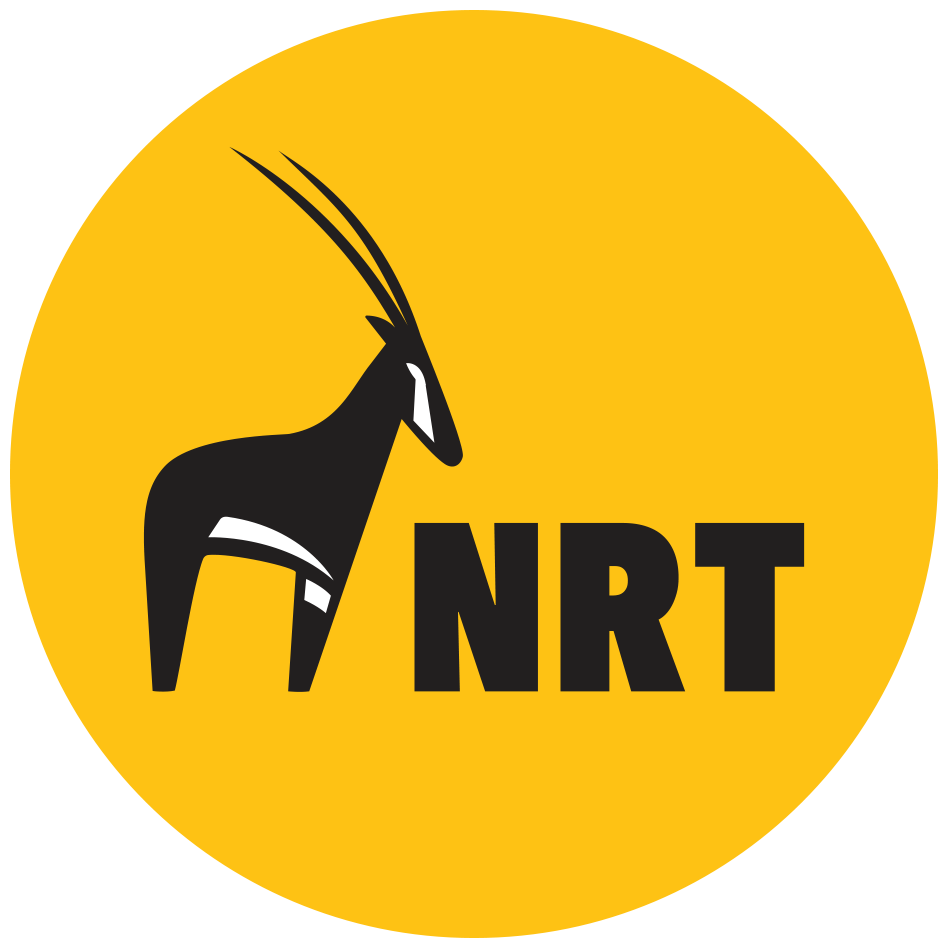The UN reported that over 9 million heads of livestock were lost in the Horn of Africa last year alone, due to unprecedented drought. For northern Kenya’s pastoralists, struggling to recover from the drought, and the over 4 million Kenyans, including lactating mothers, who grappled with food insecurity while dry conditions persisted, these were not just figures on a dashboard. They represented one of the darkest times of their lives.
Read MoreWomen, children, and youth are the most affected by conflict, which leaves them vulnerable in every respect. In northern Kenya, many women have weathered loss, due to conflict, and are leading the way in peacebuilding in the region.
Read MoreThe upgraded radio network and the newly established IoT network have massively improved communication within and across NRT member community conservancies, enhancing and boosting ranger patrols, wildlife protection, and conservation of endangered species.
Read MoreOne incident made this man determined to stand up for the endangered Grevy’s zebra. Now Stephen leads a team of rangers who monitor and protect Grevy’s zebra in his conservancy, even digging water wells for them in the dry season.
Read MoreThe Northern Kenya Rangelands Carbon Project (NKRCP) is the world’s largest soil carbon removal project which connects rangeland restoration and livestock grazing planning to direct financial benefits for local communities.
Read MoreYears of drought and rainfall variation caused by climate change and an increase in harmful human activities such as deforestation, extensive irrigation, overgrazing in catchment areas, and sand harvesting along the riverbanks have damaged the Ewaso Nyiro River. Due to this, the River frequently dries up in seasons when it usually would be flowing. During these times as well as droughts, the communities, livestock and wildlife in Nasuulu rely on shallow wells to supply water.
Read MoreSera Rhino Sanctuary is East Africa’s first and only community-run black rhino sanctuary. Established in 2015 with a founder population of 10 black rhinos, it is now home to 21 black rhinos.
Read MoreEU RangER Program aims at improving the livelihoods of communities and landscapes in the four member counties of the Cooperation on Peace and Development (CoPaD) bloc, i.e., Laikipia, Samburu, Isiolo, and Baringo, by increasing the productivity of the ecosystem services provided by rangelands and supporting climate-smart natural resource management, effective governance, and peace and security for wildlife and people.
Read MoreThe eradication of illegal and destructive beach seine nets within Kiunga Marine National Reserve signifies a vital step in conserving Lamu’s marine ecosystems and safeguarding the diverse array of marine species it hosts. These nets have been known to cause extensive damage to coral reefs, capture non-targeted marine life, and disrupt the natural balance of the marine ecosystem.
Read MoreHaving honed their expertise in mangrove restoration, the women have so far planted and restored over 95,494 mangroves have been planted in Pate, Kiunga and Lower Tana community conservancies since 2018.
Read MoreAccording to KWS data, 12 deaths have been recorded in Laikipia County since 2021, with two of the 12 occurring in Laikipia North while the number of injuries recorded in the region was high at 47.
Read MoreBiashara Mashinani is structured graduation-based Program encompassing training, business development and mentorship, the provision of of financial literacy tools (such as savings and loan facilities and mobile banking), and access to a savings and credit cooperative organisation (sacco).
Read MoreUjuzi Manyattani empowers youth and women in underprivileged communities in northern Kenya by training them on a wide range of vocational skills, including phone repair, hairdressing, and motorbike repair.
Read MoreCommunity conservancies have had a significant impact on conservation resulting in numerous positive outcomes including, reduced poaching, the creation of safer spaces and dispersal areas for elephants, a rise in the populations of endangered wildlife species, improved livelihoods, enhanced coexistence among different ethnic groups, and a high level of community buy-in on matters conservation.
Read MoreBeadWORKS partners with established women’s groups in conservancies to help them turn their traditional craft skills into a viable, sustainable business.
Read MoreNRT is aware of a recent report by Survival International expressing concerns about the Northern Kenya Rangelands Carbon Project. Our response to the report is that it is misguided, poorly researched and inaccurate in nearly all respects.
Read MoreThe Northern Kenya Rangelands Carbon Project (NKRCP) is the world’s largest soil carbon removal project which connects rangeland restoration and livestock grazing planning to direct financial benefits for local communities.
Read MoreSera is now home to 21 endangered black rhinos, thanks to a concerted conservation effort by the indigenous communities, dedicated conservancy scouts, the Kenya Wildlife Service (KWS), and support from partners.
Read MoreNRT established a gender structure in each of its five regions: Coast, Mountain, Centre, West, and East, creating operational structures known as caucuses, to effectively promote women’s views and representations in programs.
Read MoreTransforming lives is at the heart of NRT’s community conservancy model, which seeks to positively impact community livelihoods through conservation.
Read More

